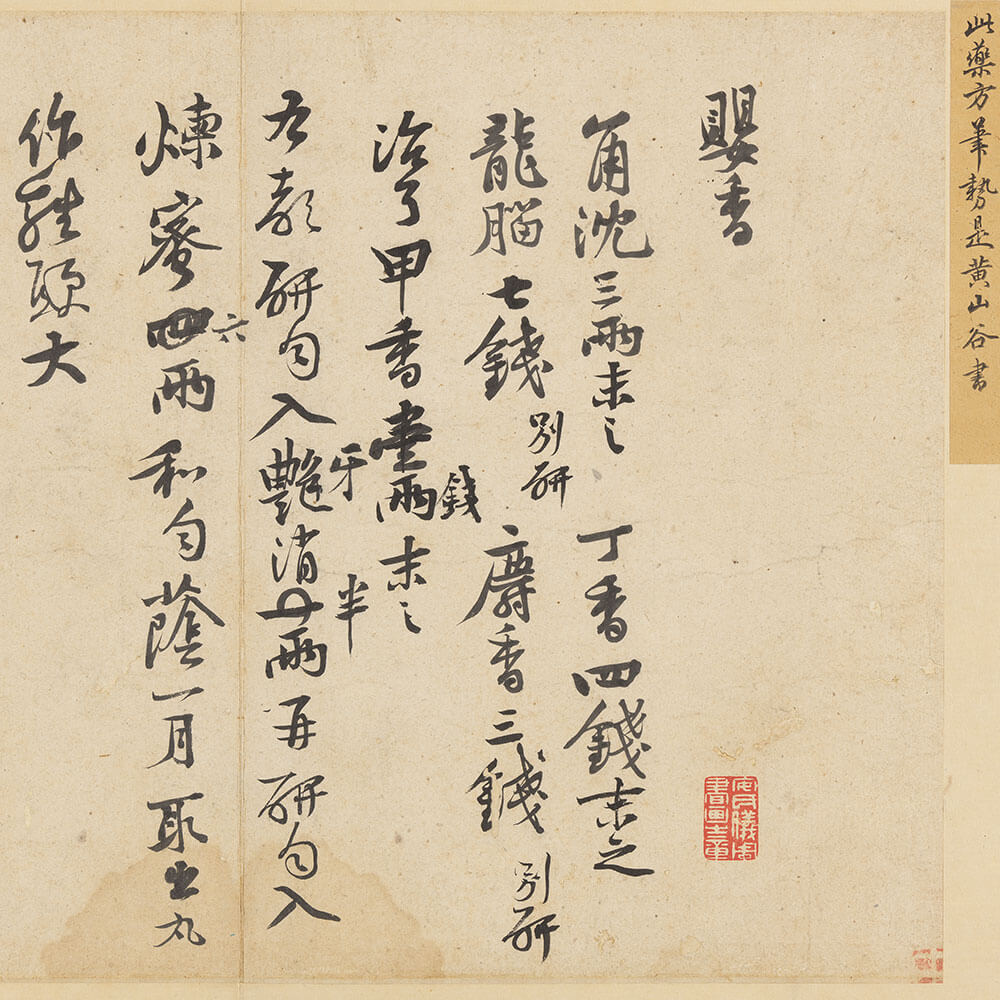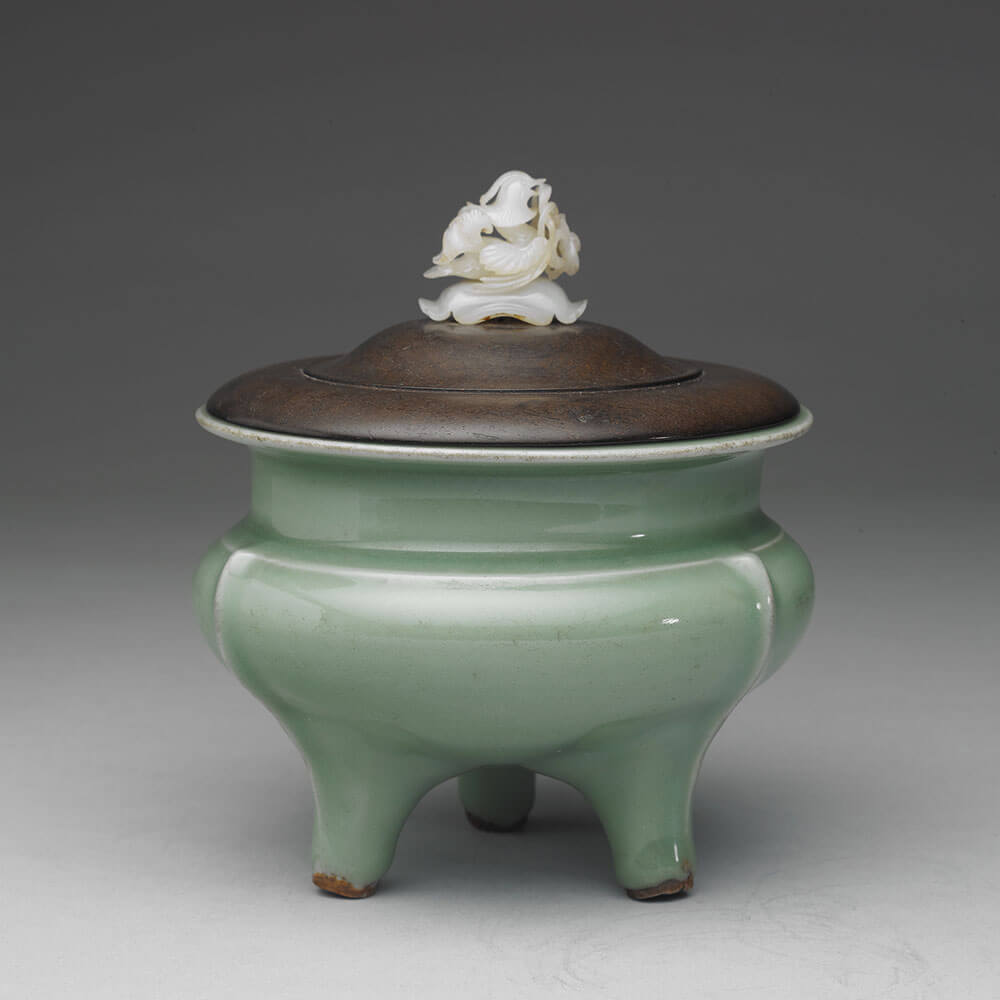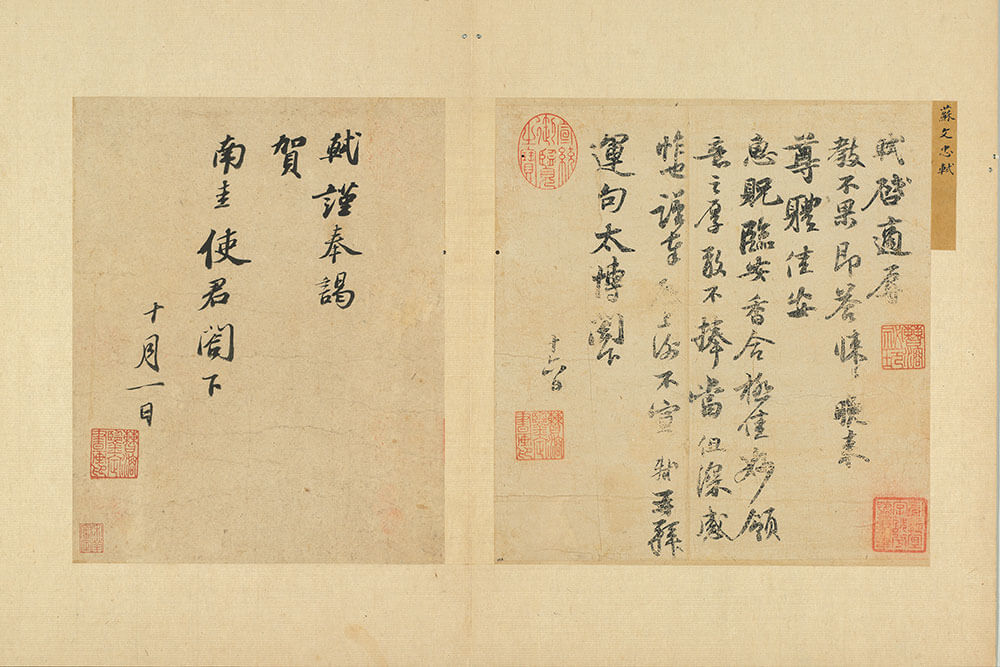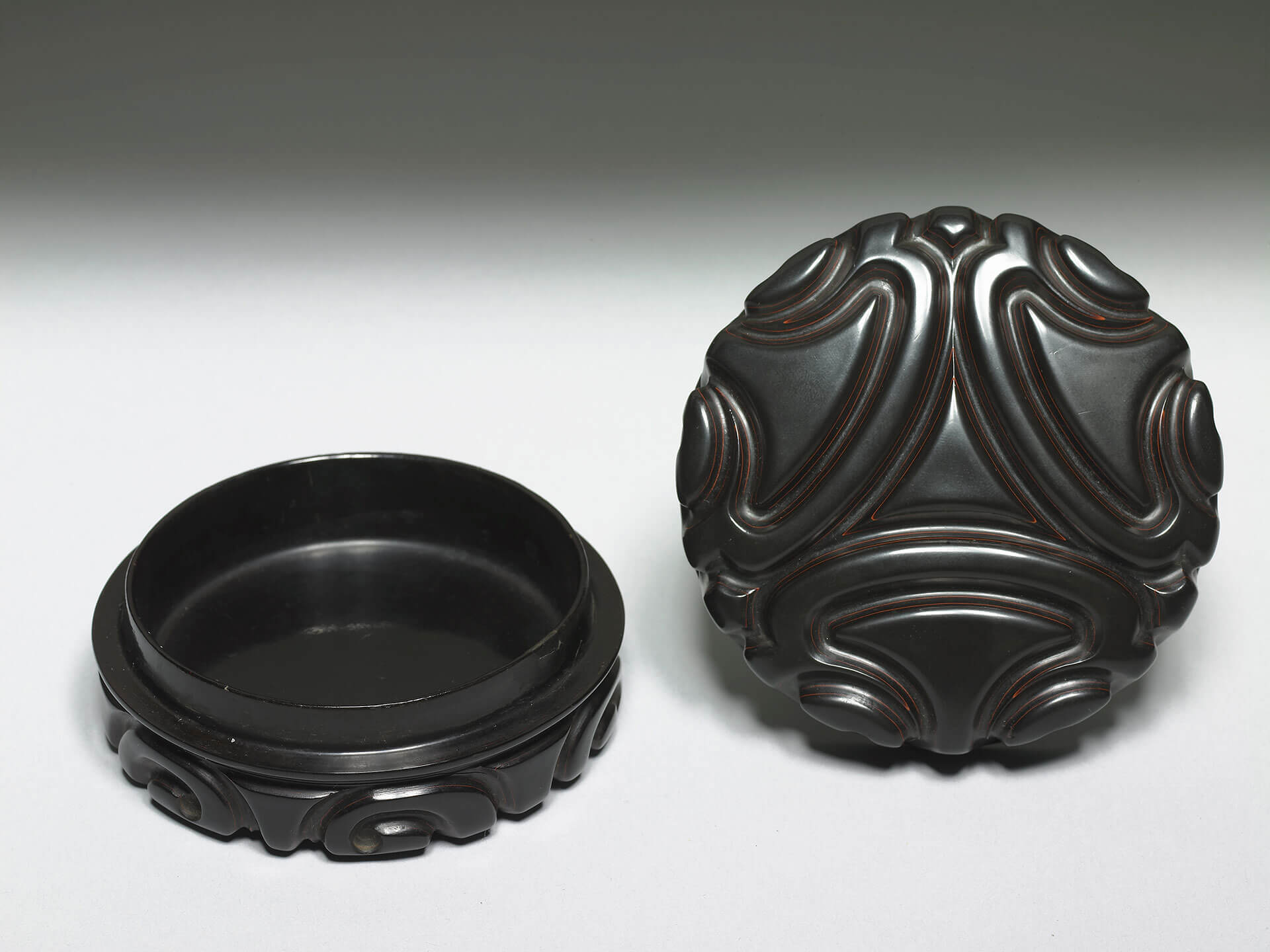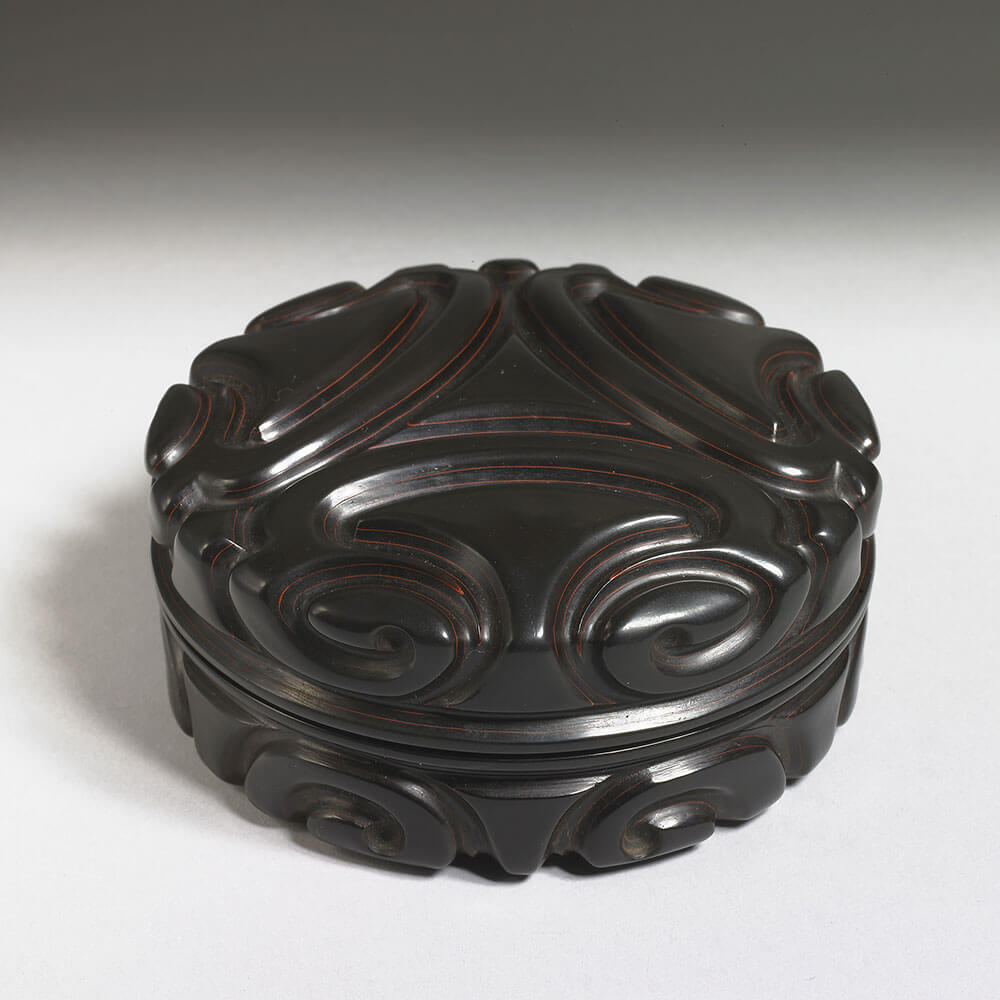Burning Incense
For a millennium, the incense appreciation has been blended into daily life and become an art. With the increasing popularity of incense appreciation and the wide circulation of writings regarding incense, utensils like incense burners, incense boxes and incense dishes are also mass produced, consumed and circulated. Not only are they practical and ornamental, but they are also gifts in the literati circle.
Baby Fragrance Formula
- Huang Tingjian(1045-1105), Song dynasty
While this recipe does not carry a signature, the brush strokes and style indicate that it was written by Song calligrapher Huang Tingjian (1045-1105) . The recipe lists all the ingredients needed to make "infant incense" (yingxiang) , which was also recorded in Chen Jin's Newly Compiled Book of Incense (Xinzuan Xiangpu) in the Southern Song dynasty. Nevertheless, the key ingredient in Huang's recipe is aloeswood (jiaochen) , said at the time the best fragrant wood from Hainan Island.
Li-shaped incense burner with green glaze
- Longquan ware
- Song dynasty (960-1279)
This incense burner with bag-shaped feet is modelled after the libronze vessel. We can trace back the time period the li burners were actually in use by referring to the unearthed relics from the tomb of Wu Ao in Zhejiang (1268), the Suining hoard discovery in Sichuan (1234) and the Xinan shipwreck in Korea (1323). The Song people valued the antiquity embedded in the incense burning utensils. This selected piece echoes the literati's fondness of celadon incense burner in archaic design as pointed out in a poem by Yang Wanli.
Letter to Yunju, Erudite of the Chamberlain for Ceremonials
- Su Shi(1037-1101), Somg dynasty
This letter was written by Su Shi (1037-1101), courtesy name Dongpo Jushi, on a piece of paper impressed with plum blossom designs. The calligraphy is characterized by beautifully fluid lines and elegantly strong strokes. In this letter, Su Shi thanked the addressee for giving him an exquisite incense container from Lin'an. Incense containers could be made of gold, silver, porcelain or lacquer and were often presented as birthday gifts.
Black tixi lacquer box with cloud pattern
- Southern Song to Yuan dynasty, 12th-13th century
According to Reminiscence of the Eastern Capital (Dongjing Menghua Lu) and Record of the Millet Dream (Mengliang Lu), there were quite a few shops selling incense containers in Kaifeng City of the Northern Song and Lin'an City of the Southern Song. This black lacquer box demonstrates the popular decorative techniques and patterns of that period. It also reflects the incense container was a popular gift item in the literati circle as described in Su Shi's letter.

